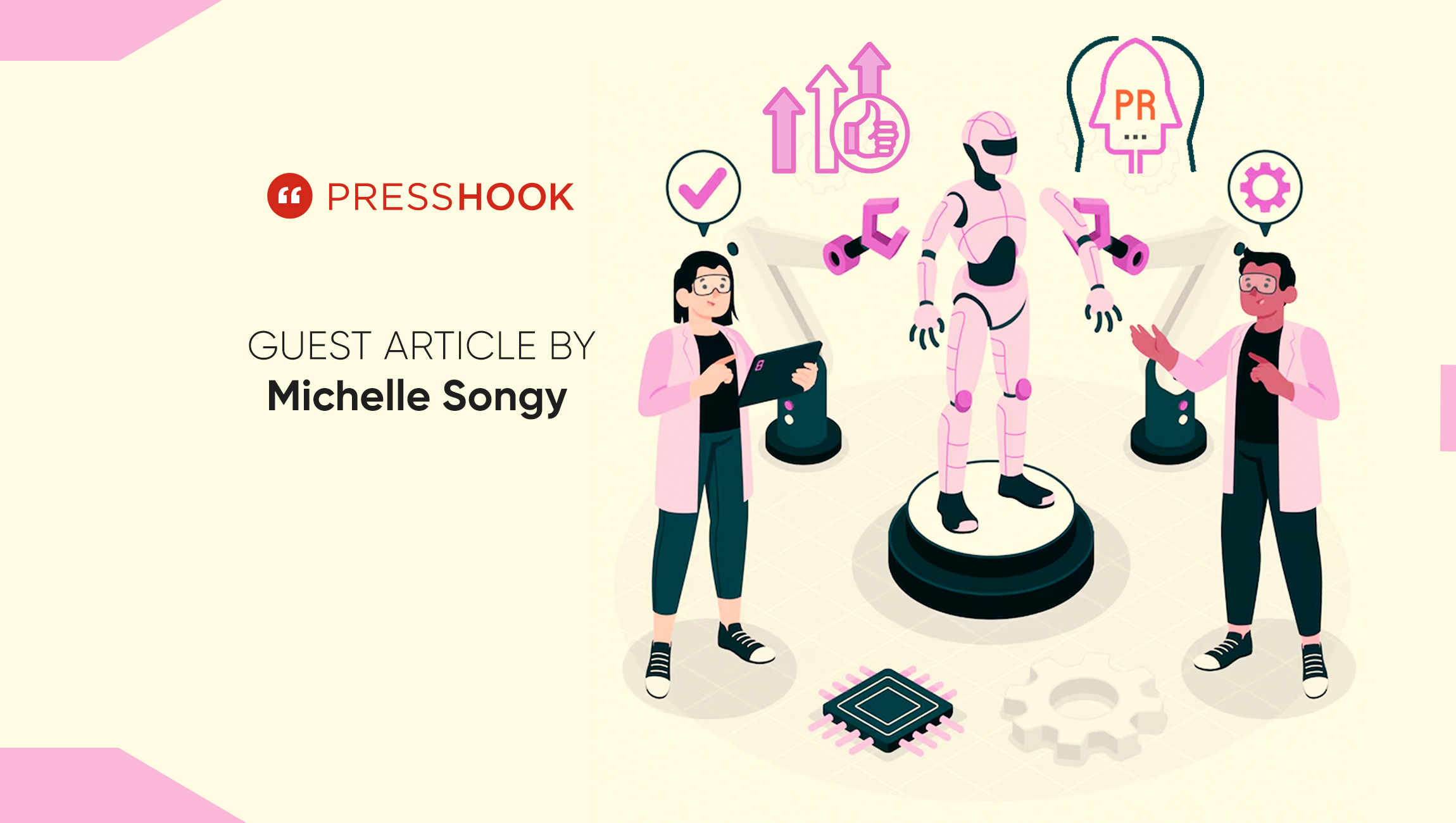From automating routine tasks to providing real-time media monitoring and sentiment analysis, AI empowers PR professionals to deliver more targeted and impactful campaigns, ultimately driving greater efficiency and effectiveness in the ever-evolving world of public relations.
Enhancing Media Discovery and Brand Visibility
One of the most significant ways AI is revolutionizing PR is by facilitating how media discovers brands and content for their stories. Traditionally, getting a brand noticed by journalists required extensive networking, pitching, and often a bit of luck – or a pay-for-play opportunity. Today, AI-powered tools are making it easier for journalists to find relevant brands and stories. These tools can analyze vast amounts of data from various sources, identifying trends and topics of interest that align with a journalist’s beat. By leveraging AI, PR professionals can ensure that their content reaches the right eyes at the right time, increasing the likelihood of media coverage.
This goes beyond improving the way PR pros operate, and also makes journalists’ jobs easier because it uncovers a variety of sources they may not have seen before, that they can tap for expert insight to support their stories.
Supporting in Crucial and Timely Content Generation
We’ve all used generative AI in some form or another to build out content – whether it’s for brainstorming ideas, improving sentence flow or kicking off an outline to a blog.
Creating compelling press releases and pitches is a cornerstone of any PR strategy. However, it can be a time-consuming process that requires a keen understanding of both the brand and the target audience. AI is changing this by introducing press release and pitch generators. These AI-driven tools use natural language processing (NLP) to draft well-structured, engaging content based on the input provided. PR professionals can input key details about a story or campaign, and the AI generates a draft that can be further refined. This not only saves time but also ensures consistency and helps maintain a high standard of quality across all communications.
But the key is not removing the human element, and instead, understanding how to work in alignment with generative AI tools – ensuring press releases, pitches and other content always has the personable, tailored touch.
Marketing Technology News: MarTech Interview with David Rabin, CMO @ Lenovo
Real-Time Media Monitoring and Sentiment Analysis
Keeping track of media coverage and public sentiment is vital for managing a brand’s reputation. AI-powered media monitoring tools provide real-time insights into how a brand is being perceived across various channels. These tools can track mentions, analyze sentiment, and even predict potential PR crises before they escalate. This enables PR teams to respond swiftly and effectively, ensuring that they can manage their brand’s reputation proactively.
No, AI Will Not Replace the Jobs of PR Professionals
PR professionals no doubt bring irreplaceable value to the table, and we’re far from a place where AI will replace them. One clear example is the distinctive human touch in communication. Have you ever read a blog and immediately sensed that it was generated by AI? While AI can produce text that is coherent and informative, it often lacks the nuance, emotional intelligence, and creativity that human writers infuse into their work. PR professionals excel at crafting messages that resonate on a deeper level, connecting with audiences in a way that AI cannot fully replicate.
Additionally, the role of PR professionals extends beyond mere content creation to providing strategic counsel and recommendations. During crises, for instance, companies rely heavily on the expertise and judgment of PR experts to navigate complex and sensitive situations. AI can assist with data analysis and monitoring trends, but it cannot replace the intuitive understanding and strategic thinking required to manage a crisis effectively.
Similarly, preparing executives for speaking engagements and media interactions involves personalized training and coaching that goes beyond what AI can offer. PR professionals tailor their guidance to each individual, ensuring that the messaging is not only on point but also authentically delivered.
The development of cohesive messaging and the creation of tailored PR strategies for different organizations—whether small or large—require a deep understanding of the specific context and culture of each entity. Large organizations may need broad, multi-faceted campaigns, while smaller ones might focus on more targeted and intimate approaches. PR professionals possess the expertise to design and implement these strategies in a way that aligns with the unique goals and dynamics of each organization. This level of customization and strategic planning is something that AI, with its reliance on patterns and algorithms, cannot achieve to the same degree. Thus, while AI is a valuable tool that enhances the capabilities of PR professionals, it is not a substitute for the critical, human-driven aspects of the profession.
The Future of AI in PR
As AI technology continues to advance, its impact on the PR industry is likely to grow even more profound. For example, predictive capabilities that anticipate media trends, generative campaign development, and greater automation of complex tasks. However, it’s important to note that while AI offers numerous benefits, it is not a replacement for human creativity and intuition – PR is in the “creative” industry for a reason. Instead, it should be seen as a powerful tool that can augment the skills of PR professionals, enabling them to work more efficiently and effectively.
In conclusion, AI is revolutionizing the PR industry by streamlining workflows, enhancing media discovery, automating content creation, and providing real-time insights on media engagement and tracking. By embracing AI, PR professionals can deliver more targeted, impactful campaigns, ultimately driving greater efficiency and effectiveness in their work. The future of PR is undoubtedly intertwined with AI, and those who leverage this technology will be well-positioned to thrive in an increasingly competitive landscape.
Marketing Technology News: Lifecycle Marketing’s ket ‘tech pillars’











